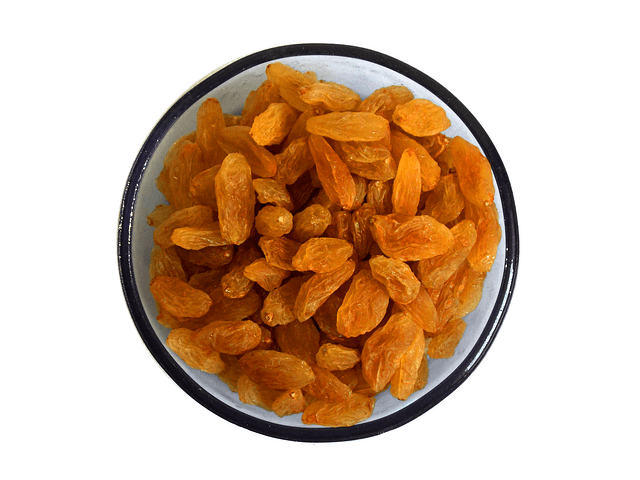Raisins are a sweet and healthy snack that can be made at home. If you have ever wanted to learn how to make raisins in a dehydrator, this guide is for you! We will talk about making them, how long it takes, and how they taste after the process. You won’t believe how simple it is with our step-by-step instructions.
What Are Raisins?
Raisins are actually grapes that have been dried in the sun or a food dehydrator. The shriveled, yellow, brown, and purple morsels can be found at your local grocery store and come with various nutritional values depending on size.
Raisins can be used in various ways, from in salads and baked goods to as a topping for foods like yogurt or in granola or cereal.
They are high in vitamin potassium, iron, and several other vitamins.
Equipment:
To make raisins in a dehydrator, you need to:
- Have a food dehydrator
- A bunch of non-seed grapes.
How to Make Raisins in A Dehydrator
- It’s time to pick grapes. Make sure you only take the ripe, undamaged ones from each stem- this is important because if they’re not good enough for eating, then we can’t use them in our dehydrator!
- Next, you should wash the grapes in warm water before starting the process.
- Dry them with paper towels.
- A quick and easy way to dry your favorite berries is by blanching them in hot water (for about one or two minutes), which softens the wax on their skin so that it can easily peel off.
- When you have done this, drain the grapes and leave them to dry for an hour and 30 minutes- You should make sure there is no moisture on the fruit by drying the grapes properly with a paper towel.
- Get your trays ready and arrange them in the food dehydrator. It does not matter if the fruit touches each other just spread them so that the air can reach them and make sure not to crowd.
- Dehydrate at 135 F degrees for 24 to 48 hours. ( this depends on your dehydrator, I’m using the Excalibur dehydrator). When the fruit has a little squish left inside them, it means that the cooking is done ( Do not touch when dehydrating, they can be really hot).
- Take the raisins out of the food dehydrator and let them cool.
- The end result is ready-to-eat raisins! They’re much better than store-bought ones because they are not processed with preservatives, so you can enjoy your dry fruit just how nature intended: no added sugar.
Tips on Making Your Dehydrated Raisins
- Six to eight hours after you have placed your grapes in the dehydrator tray, come back and check them. You should be able to see how much they shrunk in size from when you first put the fruit on trays. If you notice one tray is drying faster than another, feel free to combine them so that all of your fruit dries at an even pace! It’ll also help keep air circulation going through all parts of each grape rather than just some!
- To check if your raisins are made or need more time, switch off the dehydrator and wait 30 minutes to cool down, then do a taste test.
How to Store Dehydrated Raisins
- The best way to store dehydrated raisins is in a sealed container, such as an airtight plastic bag or jar or a vacuum sealer.
- This dehydrated fruit can be kept in the kitchen pantry and may last for many months.
Benefits of Making Raisins in a Dehydrator
- You can save money on raisins by making them yourself at home.
- You can preserve them for more prolonged use to snack on them.
- You can include them in trail mix or other recipes.
What Delicious Raisin Snacks Can You Make?
Here is how you can make some delicious and healthy raisin snacks:
- Cinnamon Raisin Banana Bread
- Cinnamon Raisin Muffin
- Raising Energy Bites
- Raisin Rice Stuffed Chicken
Conclusion:
I’m so happy you found this recipe! It’s been a family favorite for years. There are many different ways to make raisins, but we find that using the dehydrator is one of the easiest methods. We really hope you enjoy the fruit as much as we do, and please let me know if there’s anything else I can help with!

